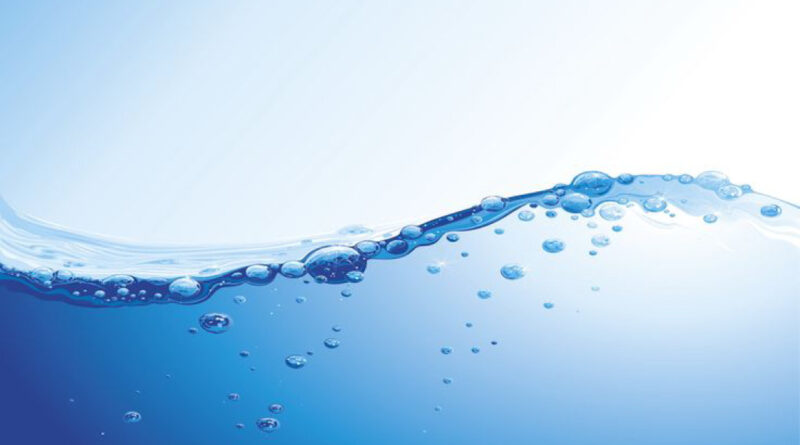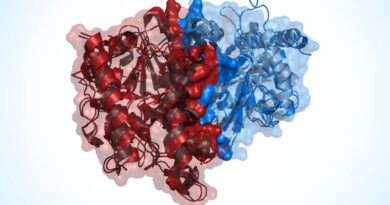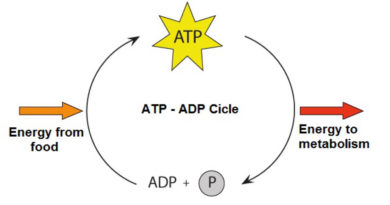Water as a Polar Solvent: The Universal Solvent
Water is often termed the “universal solvent,” a moniker that highlights its unparalleled ability to dissolve a wide variety of substances. This exceptional property arises from its molecular structure and polarity, making it indispensable in biological, chemical, and environmental processes. Understanding water’s role as a polar solvent offers insights into many natural and synthetic phenomena, from the intricate dance of life’s biochemical reactions to industrial applications.
The Molecular Structure of Water
At the molecular level, water (H₂O) consists of two hydrogen atoms covalently bonded to one oxygen atom. This seemingly simple structure conceals a profound complexity due to the distribution of electrons. Oxygen, being more electronegative, pulls the shared electrons closer to itself, creating a partial negative charge (δ-) on the oxygen atom and a partial positive charge (δ+) on the hydrogen atoms. This uneven distribution of charge results in a dipole moment, rendering the water molecule polar.
Hydrogen Bonding and Its Implications
The polarity of water molecules leads to the formation of hydrogen bonds, where the δ+ hydrogen of one water molecule is attracted to the δ- oxygen of another. These hydrogen bonds, though individually weak compared to covalent bonds, collectively impart significant structural organization and stability to liquid water. This network of interactions underpins many of water’s unique properties, including its high boiling and melting points relative to its molecular weight, surface tension, and solvent capabilities.
Water as a Solvent: Mechanisms and Effects
Water’s polar nature makes it exceptionally good at dissolving ionic and polar substances. When an ionic compound, such as sodium chloride (NaCl), is introduced into water, the positive (Na⁺) and negative (Cl⁻) ions interact with the oppositely charged poles of water molecules. The ions become surrounded by water molecules in a process called hydration, which stabilizes them in solution and prevents them from re-associating.
Similarly, polar covalent compounds, such as sugars and alcohols, dissolve in water because their polar functional groups (e.g., hydroxyl groups) can form hydrogen bonds with water molecules. This solvation process increases the solubility of these compounds in water and facilitates biochemical reactions within living organisms.
Biological Significance
Water’s role as a polar solvent is crucial in biological systems. It is the medium in which cellular processes occur, enabling the transport of nutrients, waste products, and gases. Enzymes, proteins, and nucleic acids rely on water’s solvating power to maintain their structure and function. For instance, the double helix structure of DNA is stabilized by the aqueous environment, which influences hydrogen bonding and base pairing.
Environmental and Industrial Applications
Beyond biology, water’s solvent properties are pivotal in environmental and industrial contexts. In nature, water dissolves a myriad of minerals and gases, contributing to the geochemical cycles that sustain ecosystems. In industries, water is employed as a solvent in processes ranging from chemical synthesis to food production and wastewater treatment.
One of the most critical applications is in environmental cleanup, where water is used to dissolve and transport contaminants for remediation. Additionally, in agriculture, water’s ability to dissolve fertilizers and pesticides ensures their efficient delivery to plants.
Challenges and Considerations
Despite its many advantages, water’s role as a solvent is not without challenges. Its ability to dissolve a wide range of substances can lead to issues like water pollution, where harmful chemicals dissolve in water bodies, affecting ecosystems and human health. Moreover, the presence of impurities in water can affect its solvent properties, necessitating treatment processes to ensure its suitability for various uses.
Conclusion
Water’s status as a polar solvent is central to its role in nature and industry. Its ability to dissolve diverse substances underpins the biochemical processes of life, environmental cycles, and numerous industrial applications. Understanding the molecular basis of water’s solvency reveals the elegance and complexity of this seemingly simple liquid, affirming its title as the universal solvent. As we continue to explore and utilize water’s properties, ensuring its purity and availability remains a fundamental challenge and priority for sustaining life and advancing technology.



